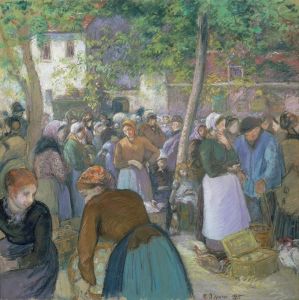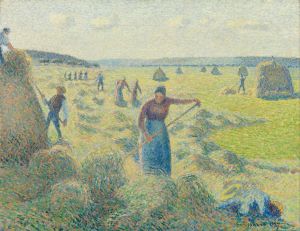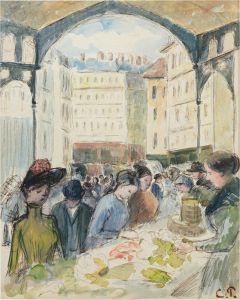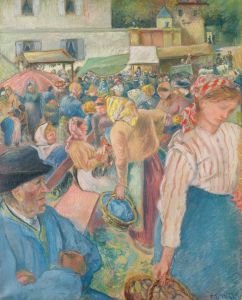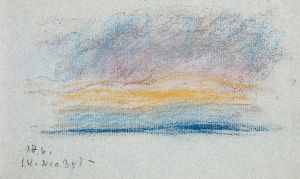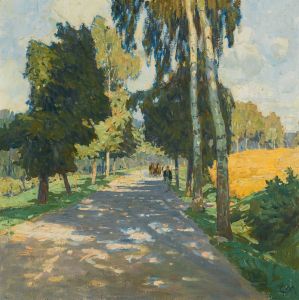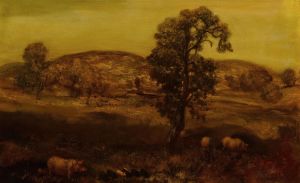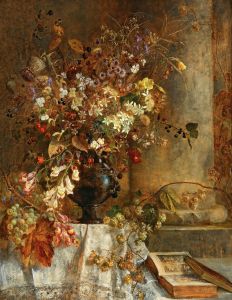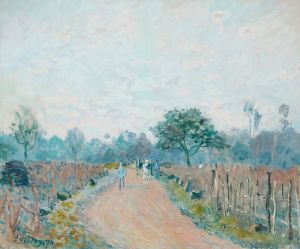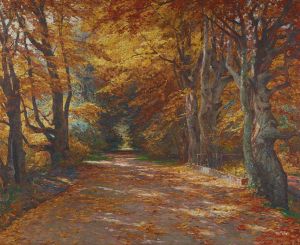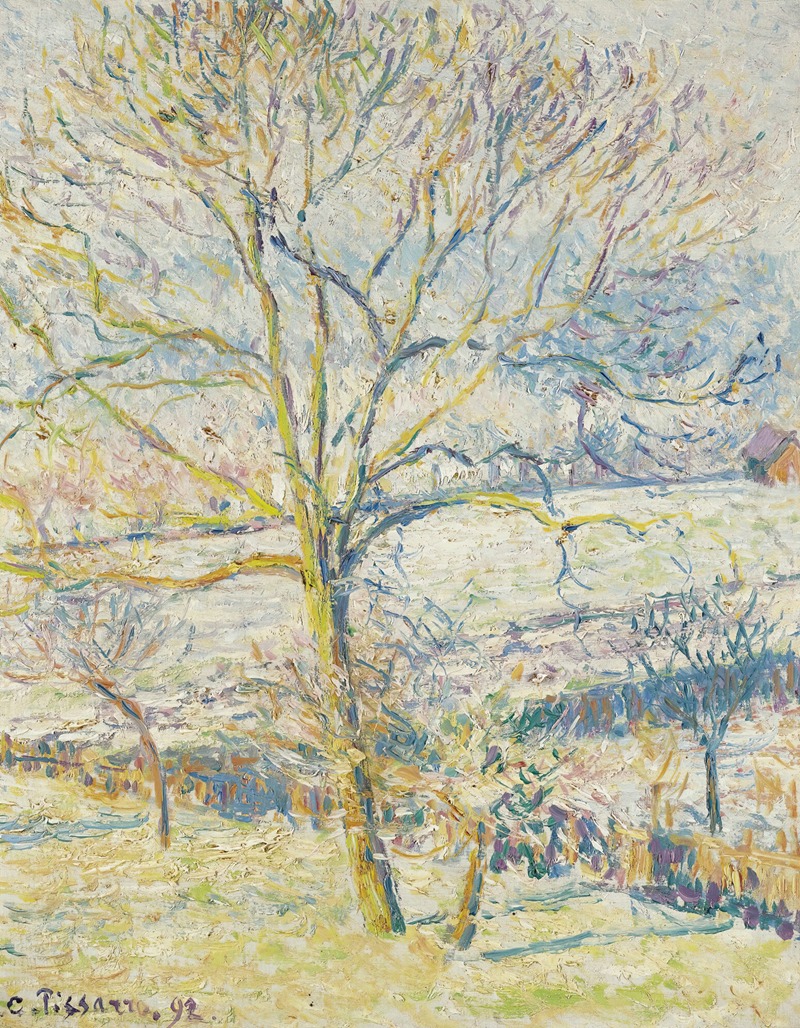
Le Grand Noyer, Gelée Blanche Éragny
A hand-painted replica of Camille Pissarro’s masterpiece Le Grand Noyer, Gelée Blanche Éragny, meticulously crafted by professional artists to capture the true essence of the original. Each piece is created with museum-quality canvas and rare mineral pigments, carefully painted by experienced artists with delicate brushstrokes and rich, layered colors to perfectly recreate the texture of the original artwork. Unlike machine-printed reproductions, this hand-painted version brings the painting to life, infused with the artist’s emotions and skill in every stroke. Whether for personal collection or home decoration, it instantly elevates the artistic atmosphere of any space.
"Le Grand Noyer, Gelée Blanche Éragny" is a painting by the renowned French artist Camille Pissarro. Created in 1894, this work is a notable example of Pissarro's mature style, which blends elements of Impressionism and Neo-Impressionism. The title translates to "The Large Walnut Tree, White Frost, Éragny," indicating the subject and setting of the painting.
Camille Pissarro (1830-1903) was a key figure in the Impressionist movement and later in the development of Neo-Impressionism. Born on the island of St. Thomas in the Danish West Indies, Pissarro moved to Paris in 1855, where he became associated with other leading artists of his time, including Claude Monet, Edgar Degas, and Paul Cézanne. Pissarro is known for his landscapes and rural scenes, often depicting the changing seasons and the effects of light.
"Le Grand Noyer, Gelée Blanche Éragny" was painted during Pissarro's time in Éragny-sur-Epte, a small village in northern France where he lived from 1884 until his death. The village and its surrounding countryside provided a rich source of inspiration for Pissarro, who produced numerous works capturing its idyllic scenery.
In this painting, Pissarro depicts a large walnut tree covered in frost, set against the backdrop of the rural landscape of Éragny. The use of light and color in the painting reflects Pissarro's interest in capturing the transient effects of weather and atmosphere. The delicate rendering of the frost on the tree and the subtle variations in the landscape's hues demonstrate his skill in portraying natural phenomena.
Pissarro's technique in this painting shows his evolution from the loose brushwork characteristic of early Impressionism to a more structured approach influenced by Neo-Impressionism. This later style, also known as Pointillism or Divisionism, involved the application of small, distinct dots of color that blend in the viewer's eye to create a luminous effect. While "Le Grand Noyer, Gelée Blanche Éragny" does not fully embrace the pointillist technique, it exhibits a careful attention to color harmony and composition that reflects Pissarro's engagement with these ideas.
The painting is part of the collection of the Musée d'Orsay in Paris, which houses one of the most extensive collections of Impressionist and Post-Impressionist masterpieces. The museum's collection provides a comprehensive overview of Pissarro's work, highlighting his contributions to the development of modern art.
"Le Grand Noyer, Gelée Blanche Éragny" is celebrated for its serene beauty and its representation of Pissarro's artistic vision. It exemplifies his ability to capture the essence of a moment in nature, using color and light to convey the atmosphere and mood of the scene. The painting remains an important work within Pissarro's oeuvre and a testament to his enduring influence on the art world.







